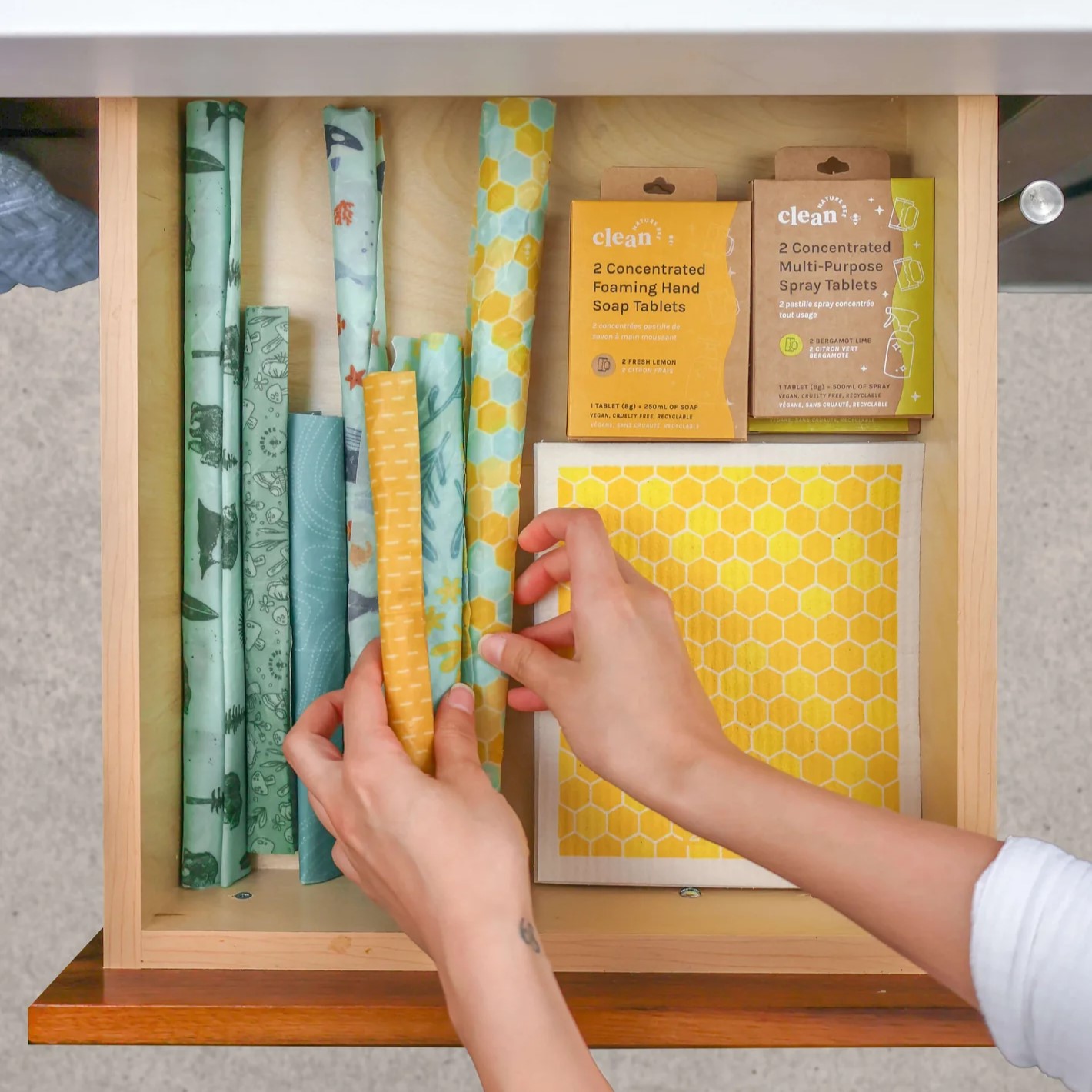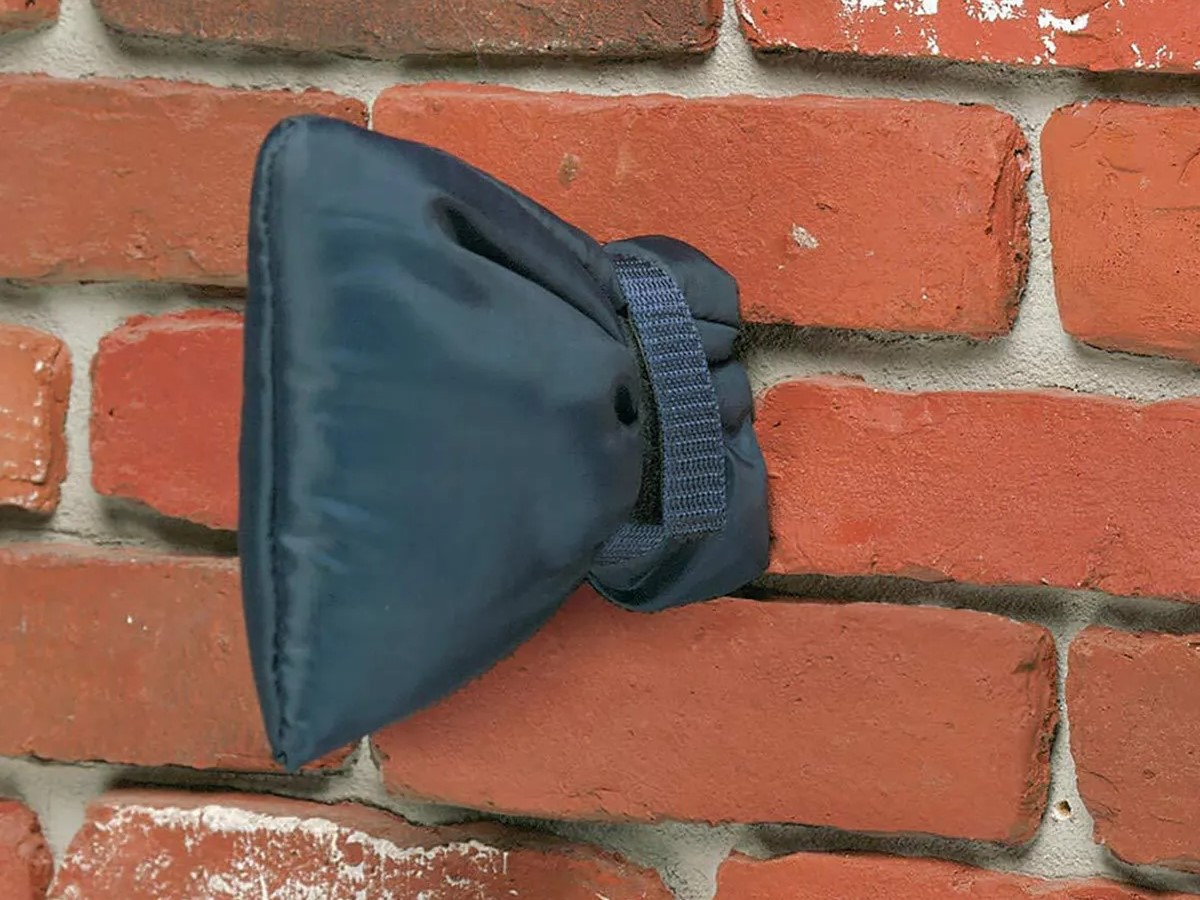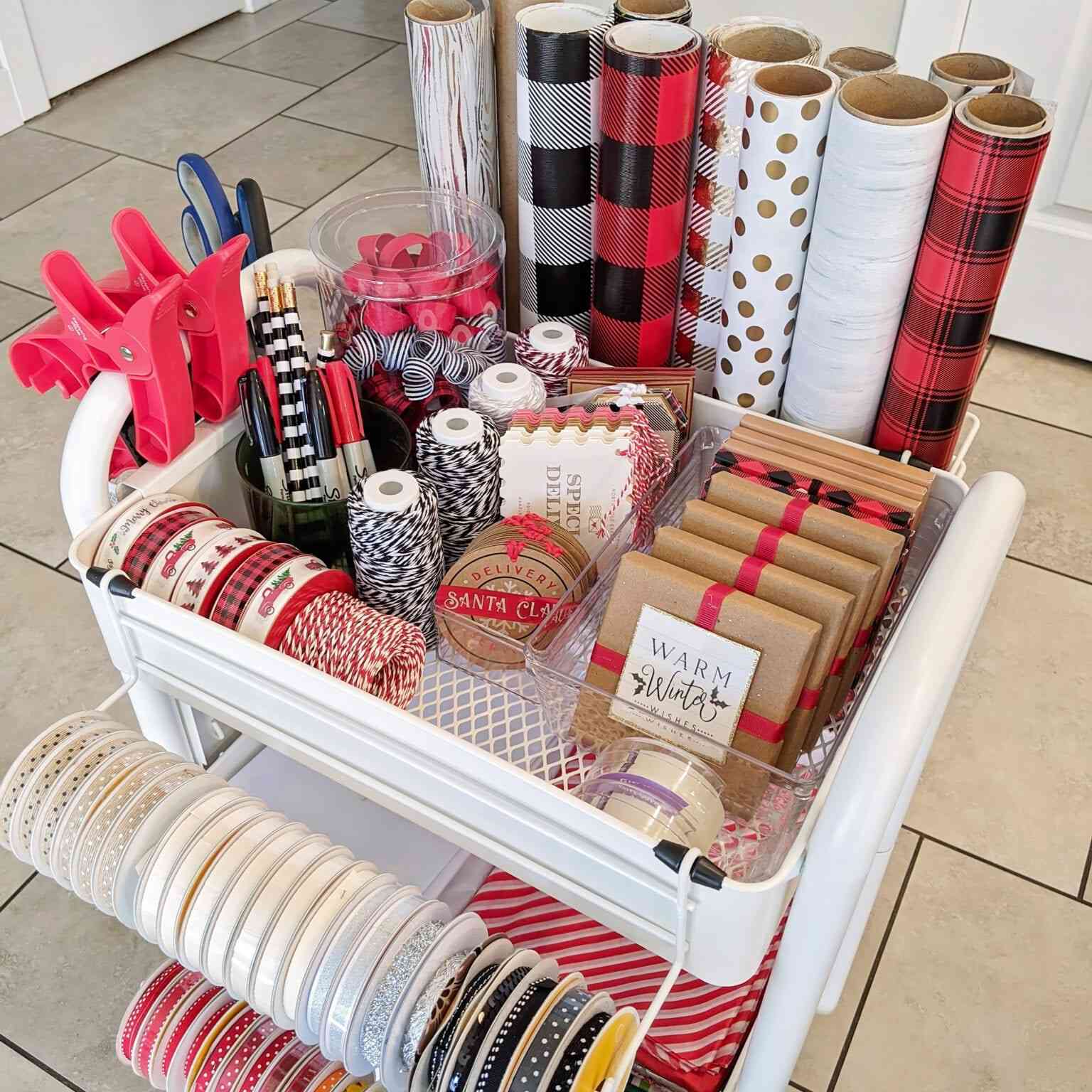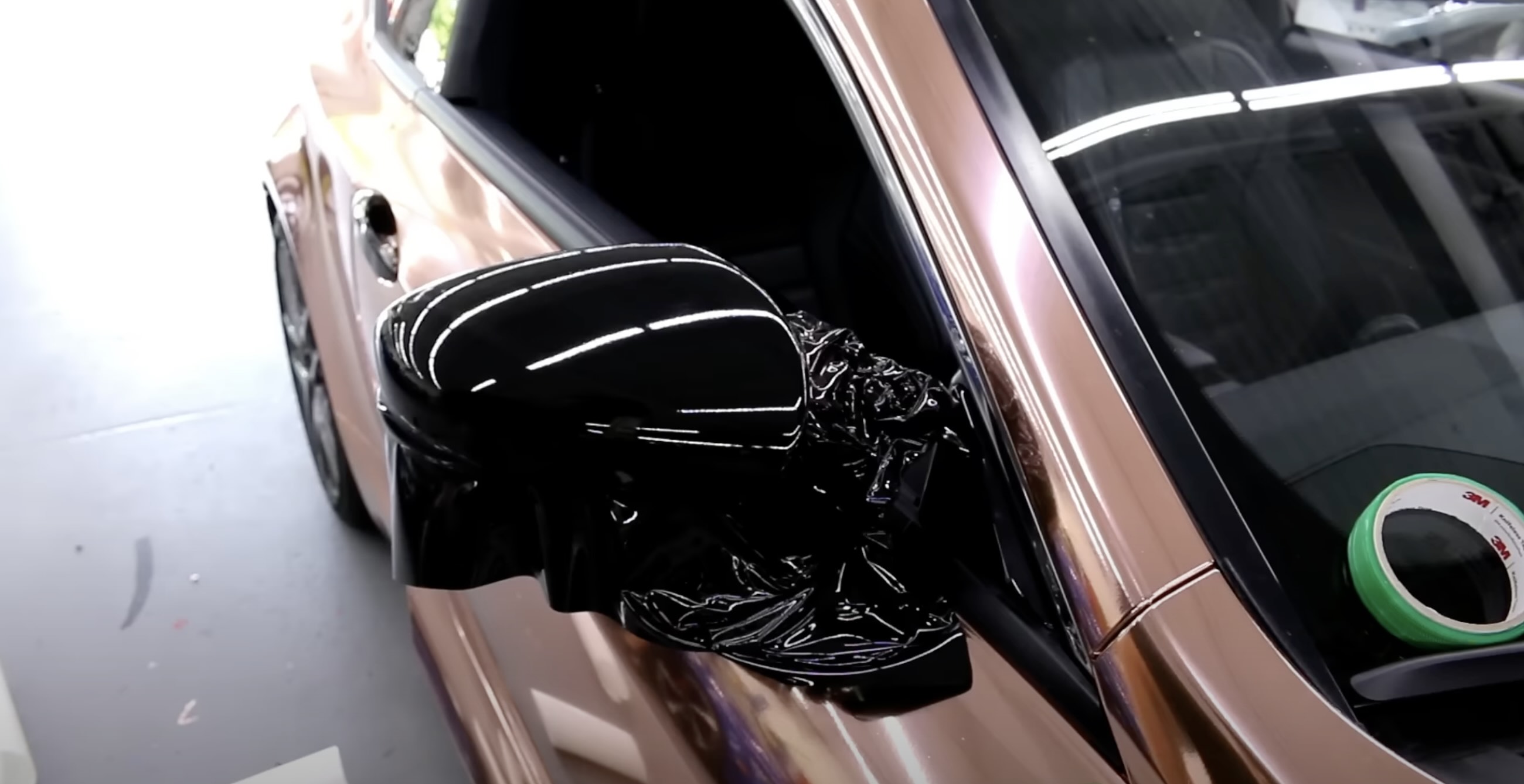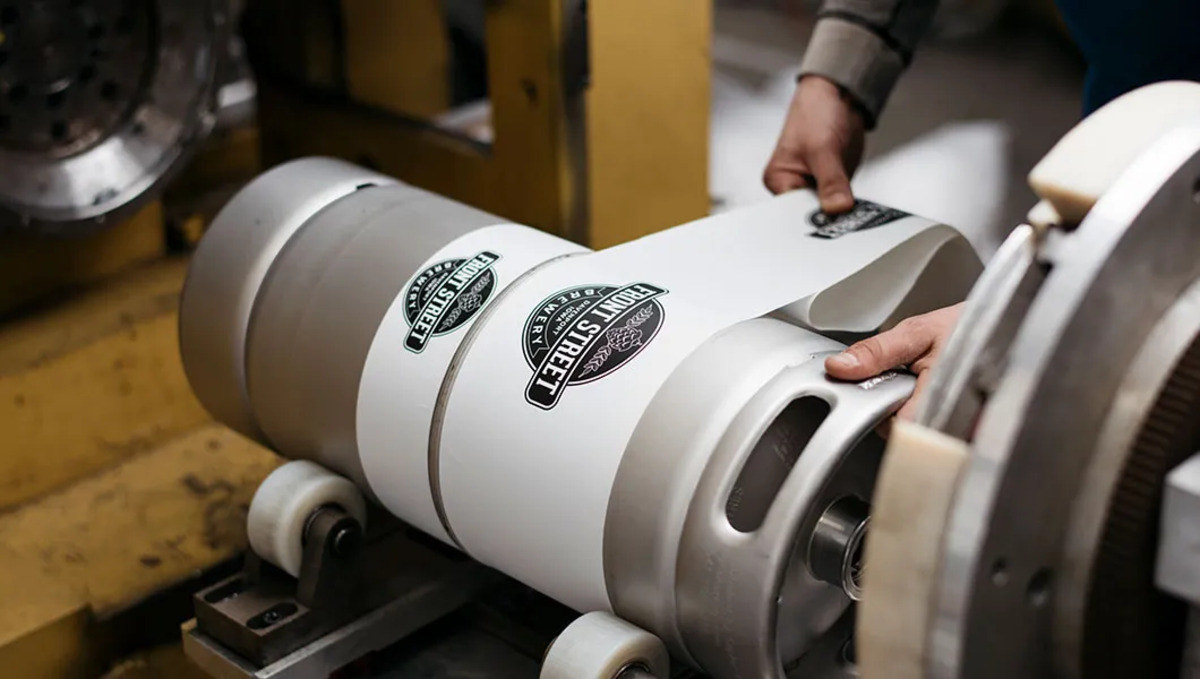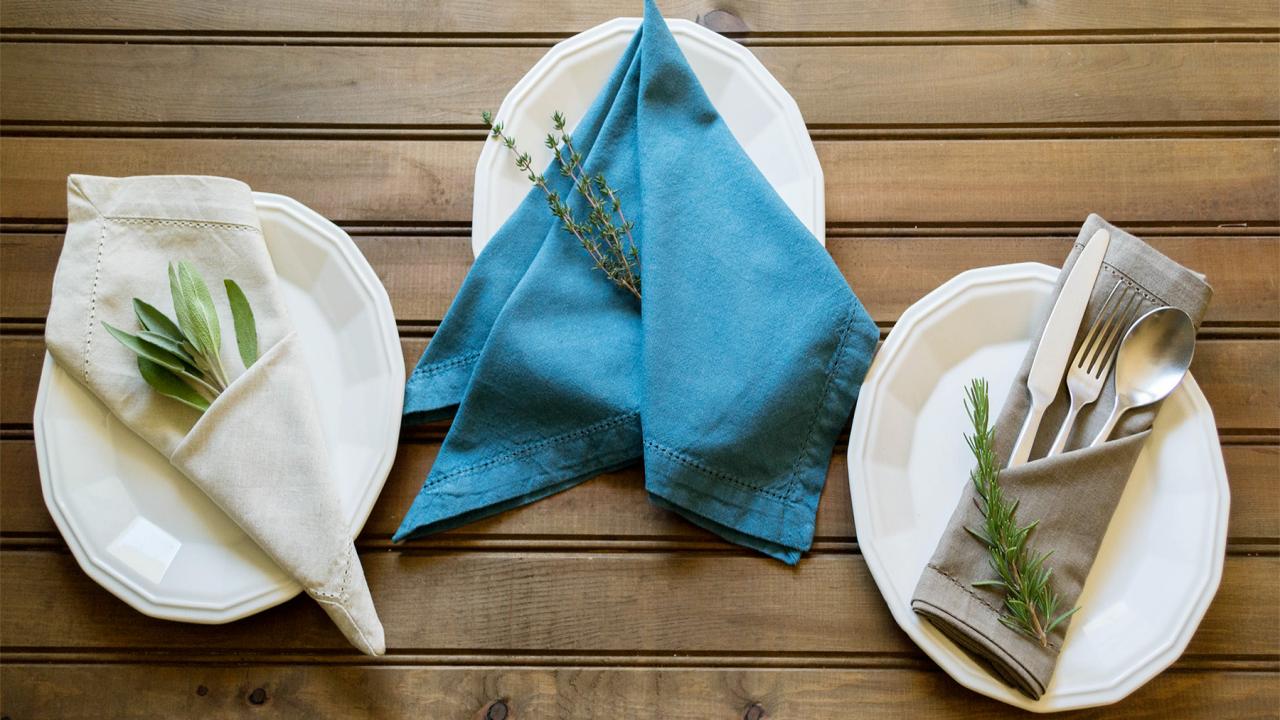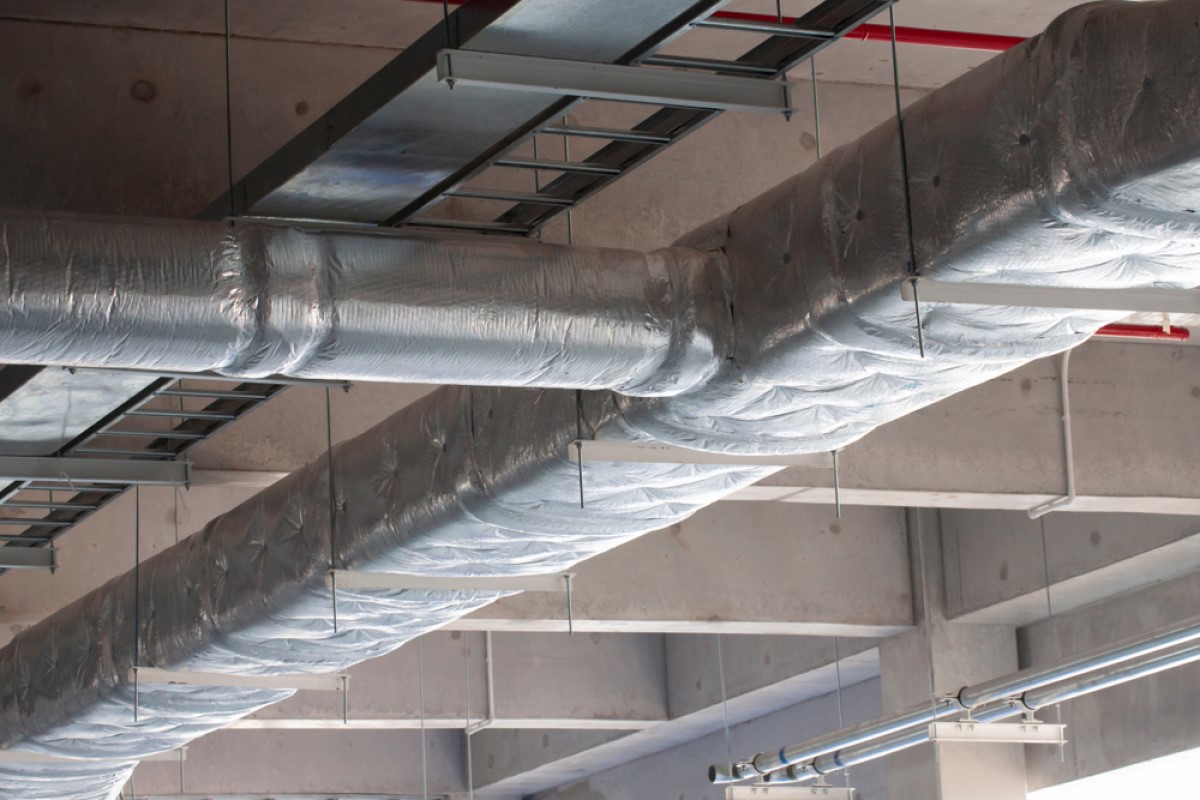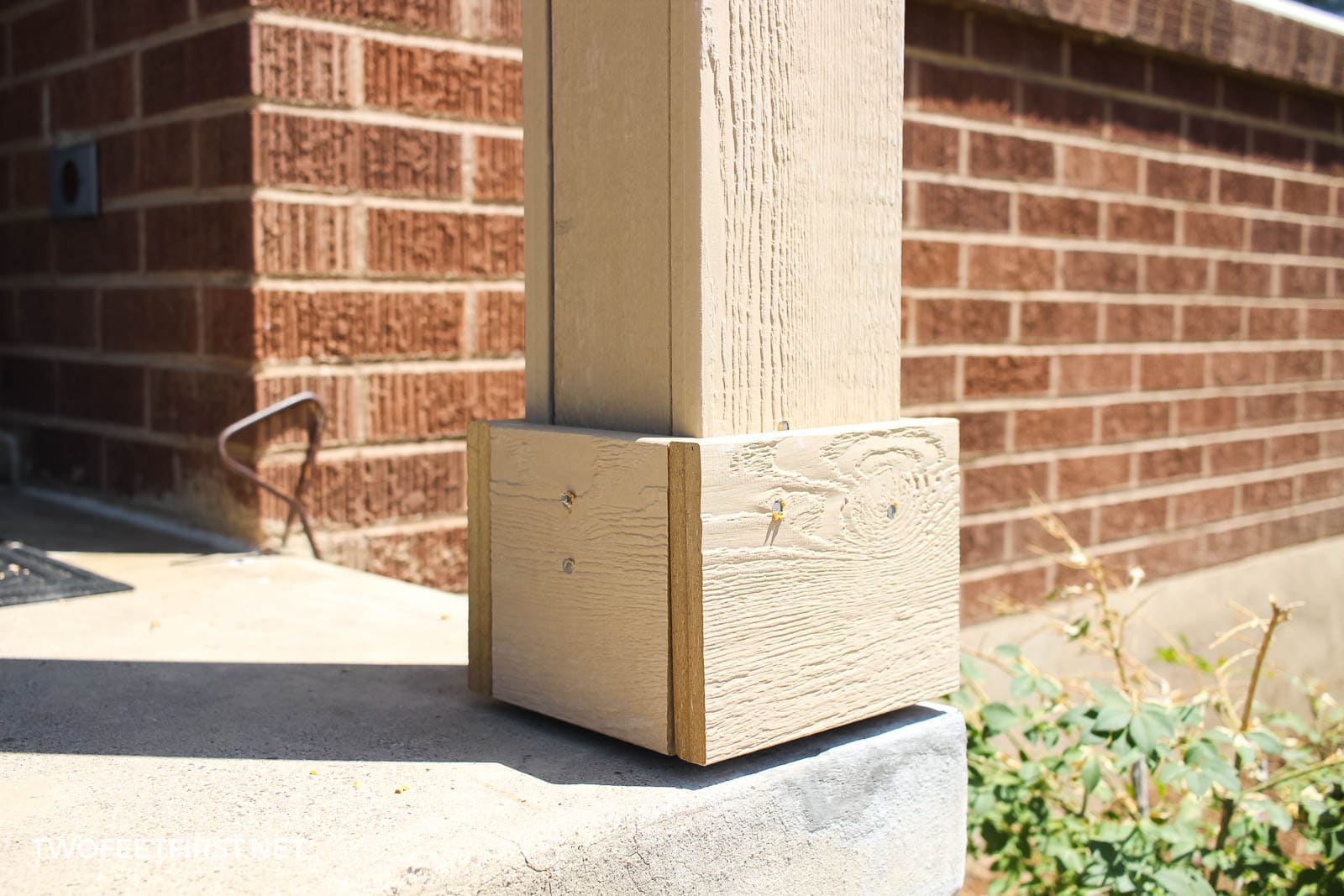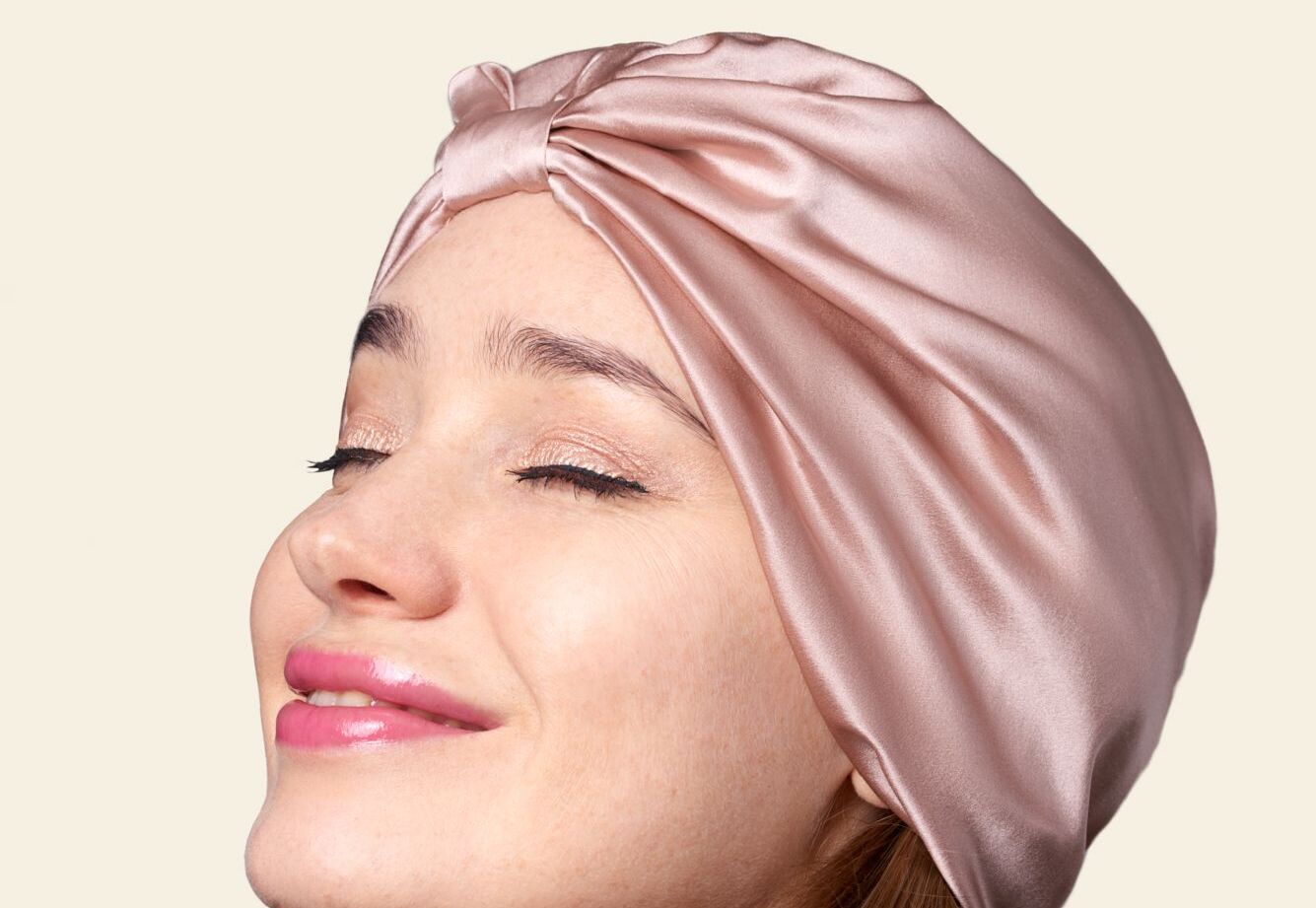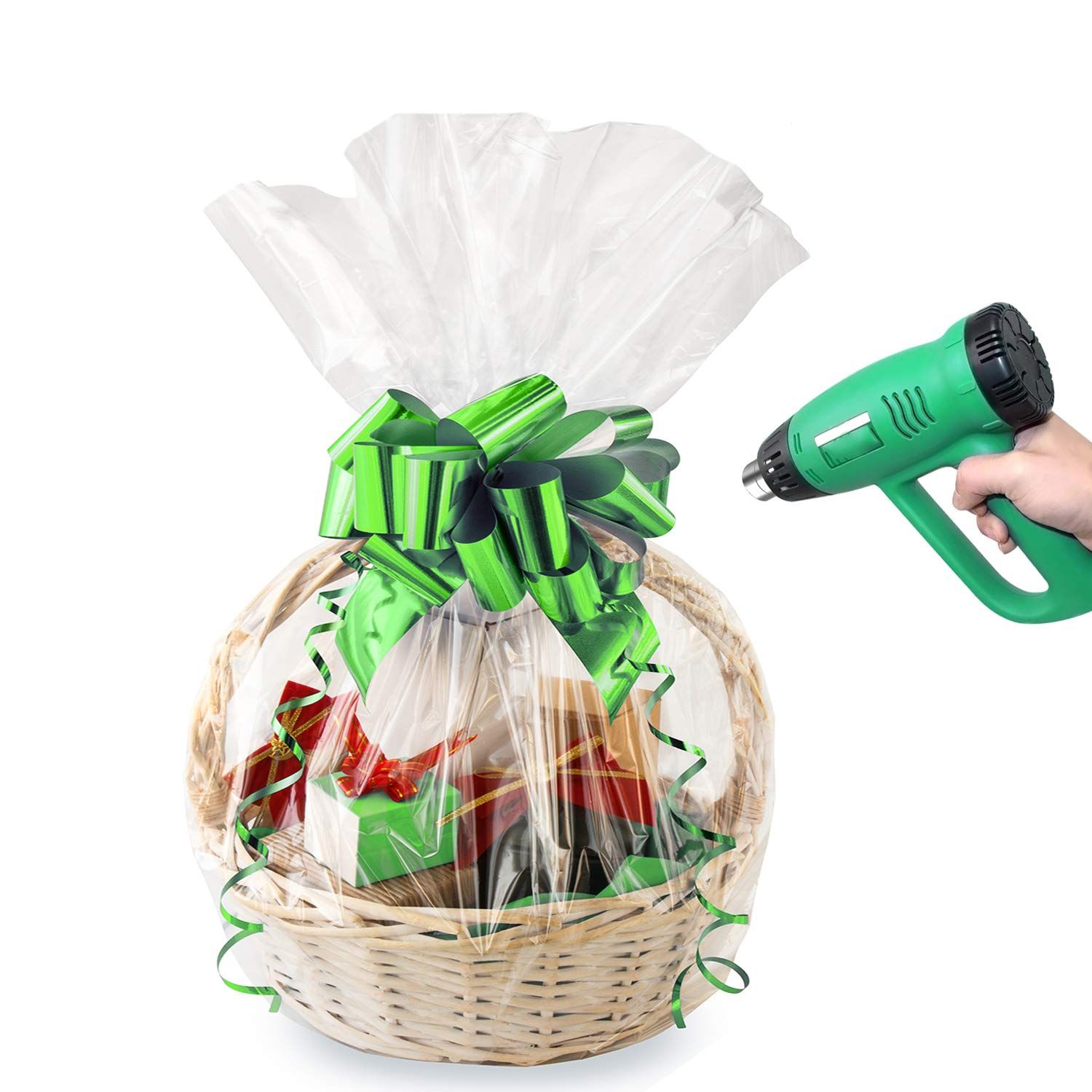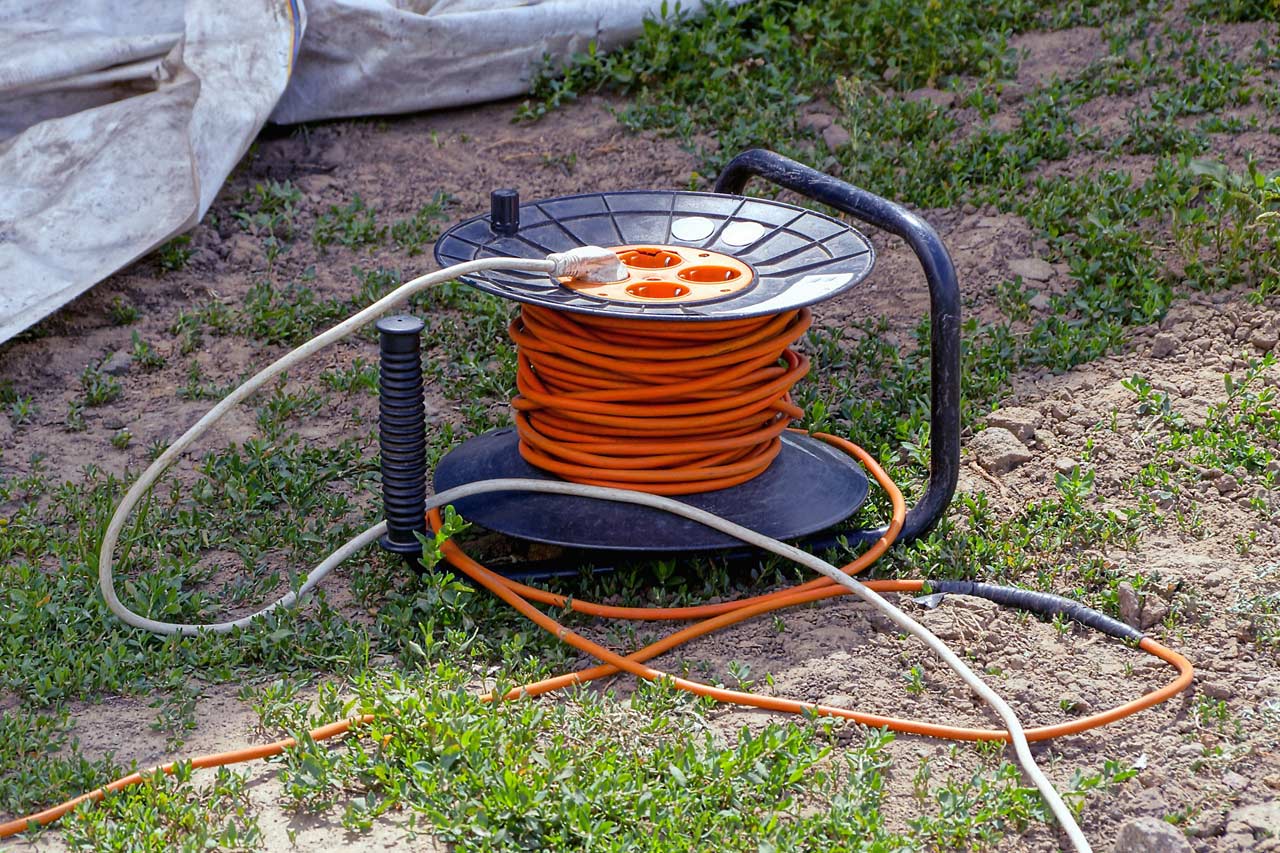Home>Furniture>Bedroom Furniture>How To Wrap A Mattress In Plastic
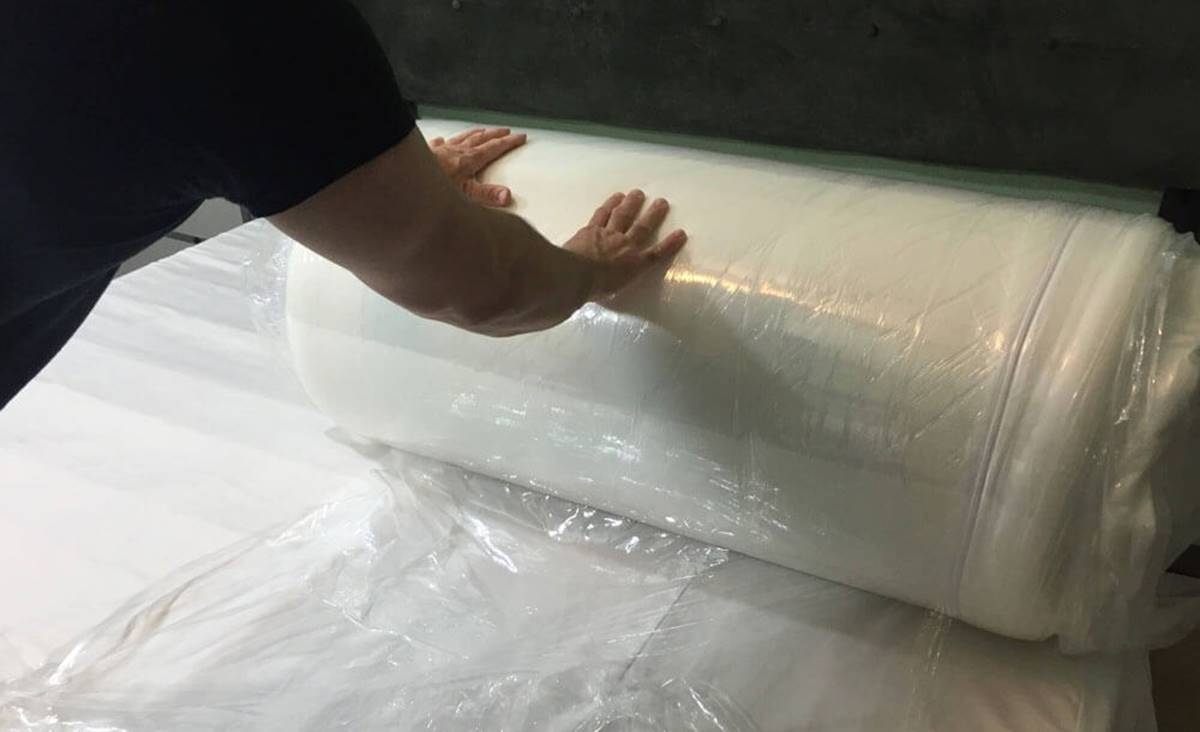

Bedroom Furniture
How To Wrap A Mattress In Plastic
Modified: January 5, 2024
Protect your bedroom furniture with our step-by-step guide on how to wrap a mattress in plastic. Safeguard against dirt, dust, and moisture to ensure your bed stays clean and pristine.
(Many of the links in this article redirect to a specific reviewed product. Your purchase of these products through affiliate links helps to generate commission for Storables.com, at no extra cost. Learn more)
Introduction
When it comes to protecting your mattress from dirt, dust, and moisture during a move or storage, wrapping it in plastic is an effective solution. By properly wrapping your mattress in plastic, you can ensure that it remains clean, dry, and in good condition, preventing damage and extending its lifespan.
In this article, we will guide you through the process of wrapping a mattress in plastic step-by-step, providing you with detailed instructions and tips to achieve the best results. Whether you’re preparing for a move, storing your mattress, or simply looking to keep it clean and protected, our comprehensive guide will walk you through the entire process.
Before we dive into the steps, let’s gather the materials you’ll need for this task.
Key Takeaways:
- Protect your mattress during moves or storage by wrapping it in plastic. Follow step-by-step instructions and use high-quality materials for a clean, secure, and long-lasting solution.
- Choose the right plastic wrap, secure it properly, and follow additional tips to ensure your mattress remains clean, dry, and well-protected. Safeguard your investment and enjoy a fresh sleep surface for years to come.
Materials Needed
- Plastic mattress bag or mattress cover: It is essential to choose a plastic bag or cover specifically designed for mattresses. These are available in different sizes to accommodate various mattress dimensions. Make sure to measure your mattress beforehand to select the appropriate size.
- Packing tape or zip ties: You will need tape or zip ties to secure the plastic wrap around the mattress. Make sure to use high-quality tape or sturdy zip ties to ensure a tight and secure fit.
- Scissors or utility knife: These tools will be needed to cut the plastic wrap and make adjustments as necessary.
- Gloves: It’s a good idea to wear gloves to protect your hands from dust and dirt while handling the mattress and plastic wrap.
- Optional: Mattress sealant spray: If you want extra protection against pests or allergens, consider using a mattress sealant spray before wrapping it in plastic. This spray helps create a barrier that keeps out dust mites, bed bugs, and other unwanted critters.
Gather these materials before you begin the process of wrapping your mattress in plastic to ensure a smooth and efficient process.
Step 1: Prepare the Mattress
Before you start wrapping your mattress in plastic, it’s important to prepare it properly. Follow these steps to ensure a clean and hassle-free wrapping process:
- Remove all bedding: Strip off all sheets, blankets, and mattress protectors from the mattress. This will allow you to have a clear and unobstructed surface for the wrapping.
- Vacuum the mattress: Use a vacuum cleaner with an upholstery attachment to thoroughly vacuum the entire surface of the mattress. Pay special attention to the seams, corners, and edges where dirt and dust tend to accumulate. This step will help remove any loose particles and ensure a clean wrapping.
- Address stains or spills: If there are any visible stains or spills on the mattress, spot clean them using a mild detergent or upholstery cleaner. Be sure to follow the manufacturer’s recommendations for stain removal and allow the mattress to fully dry before proceeding.
- Allow the mattress to air out: If your mattress has been stored or wrapped in plastic for an extended period, it’s important to give it some time to air out. This will help eliminate any trapped odors and ensure a fresh sleeping environment.
By taking the time to properly prepare your mattress, you can ensure that it’s clean and ready for wrapping. Once you’ve completed these steps, you’re ready to move on to choosing the right plastic wrap.
Step 2: Choosing the Right Plastic Wrap
When it comes to wrapping your mattress, selecting the right plastic wrap is crucial. Here are some factors to consider when choosing the appropriate plastic wrap:
- Size: Ensure that the plastic wrap is large enough to fully enclose your mattress. Measure the dimensions of your mattress beforehand and choose a plastic bag or cover that provides a snug fit.
- Thickness: Opt for a heavy-duty plastic wrap that is thick enough to provide adequate protection against tears and punctures. Thin plastic may not be able to withstand the rigors of transportation or storage.
- Sealability: Look for a plastic wrap that is easy to seal and secure tightly around the mattress. Some plastic wraps come with adhesive strips or zippered closures for added convenience.
- Quality: Invest in a high-quality plastic wrap that is specifically designed for mattress wrapping. Cheaper alternatives may not provide the same level of durability and protection.
- Transparency: Consider opting for a transparent plastic wrap. This will allow you to easily identify your mattress when it’s in storage, saving you time and effort.
Keep these factors in mind while selecting the plastic wrap for your mattress. It’s also a good idea to read reviews and compare different brands to make an informed decision. Once you have chosen the right plastic wrap, you’re ready to move on to the next step of wrapping the mattress.
When wrapping a mattress in plastic, make sure to use a heavy-duty plastic cover to protect it from moisture, dust, and pests. Seal the cover tightly with tape to ensure it stays in place during transportation or storage.
Step 3: Wrapping the Mattress
Now that you have prepared your mattress and chosen the appropriate plastic wrap, it’s time to start wrapping. Follow these steps to ensure a proper and secure wrapping:
- Open the plastic wrap: Unroll the plastic wrap and open it up fully. Ensure that it is spread out flat and free of any folds or creases.
- Place the mattress in the center: Position your mattress in the middle of the plastic wrap. Make sure it is aligned and centered properly.
- Start from the bottom: Beginning at the bottom end of the mattress, carefully lift the plastic wrap and drape it over the mattress. Ensure that the entire bottom surface is covered.
- Work your way up: Gradually work your way up the mattress, pulling the plastic wrap up and over the sides. Smooth out any wrinkles or air bubbles as you go.
- Tuck in the corners: Once you have reached the top end of the mattress, tuck in the excess plastic wrap at the corners. This will help create a neat and secure wrap.
Throughout the wrapping process, be mindful of maintaining a snug fit without applying excessive force. Avoid any sharp pulls or tugs that could potentially damage the plastic wrap or the mattress. Take your time and ensure that the plastic wrap is evenly spread and tightly sealed around the mattress.
Once you have wrapped the mattress completely, move on to the next step of securing the plastic wrap to keep it in place.
Read more: How To Wrap A Quilt For A Gift
Step 4: Securing the Plastic Wrap
After wrapping your mattress in plastic, it’s important to secure the plastic wrap to keep it in place during transportation or storage. Follow these steps to properly secure the plastic wrap:
- Trim any excess plastic: Use a pair of scissors or a utility knife to trim any excess plastic wrap that extends beyond the edges of the mattress. This will create a cleaner and more secure wrapping.
- Tape the edges: Apply packing tape along the edges of the plastic wrap to secure it firmly in place. Start at one corner and work your way around, applying tape evenly to prevent any gaps or loose ends.
- Tape the seams: To further reinforce the plastic wrap, apply tape along the seams where the wrap meets. This will provide extra support and prevent the plastic from coming undone.
- Double-check for tightness: Once you have taped all the edges and seams, give the plastic wrap a gentle tug to ensure it is tightly secured. Make any necessary adjustments or add additional tape as needed.
By securely taping the edges and seams of the plastic wrap, you can prevent it from shifting or coming undone during transportation or storage. This will help maintain the protective barrier around your mattress and keep it safe from dirt, dust, and moisture.
Now that you have successfully secured the plastic wrap, take a moment to check for any loose or untaped areas. Make any necessary adjustments to guarantee a tight and secure wrapping. With the plastic wrap securely in place, your mattress is now ready for its journey or time in storage.
Step 5: Additional Tips for Wrapping a Mattress
While you have successfully wrapped and secured your mattress in plastic, here are some additional tips to ensure the best possible protection and longevity:
- Label the wrapped mattress: Use a permanent marker or label to clearly mark the plastic wrap with information such as the room it belongs to or any specific instructions. This will help you locate and identify the mattress easily when unpacking or storing multiple mattresses.
- Store the wrapped mattress in a clean and dry area: It’s essential to store your wrapped mattress in a clean, dry, and well-ventilated space. Avoid storing it in areas prone to high humidity or temperature fluctuations, as this can lead to moisture buildup or mold growth.
- Avoid placing heavy items on top: When storing the wrapped mattress, avoid placing heavy items on top of it. Excessive weight can compress the mattress and potentially damage its structure.
- Regularly check the plastic wrap: Periodically inspect the plastic wrap to ensure that it remains intact and tightly sealed. If you notice any tears or punctures, repair them immediately with tape to maintain the protective barrier.
- Consider using a mattress storage bag: If you plan on storing your wrapped mattress for an extended period, consider investing in a mattress storage bag. These bags are specifically designed for long-term storage and provide an extra layer of protection against pests and dust.
Following these additional tips will help preserve the quality and condition of your mattress while it is wrapped in plastic. Whether you’re moving, storing, or protecting your mattress, these precautions will go a long way in ensuring its longevity.
After following all the steps and tips in this guide, you can now be confident that your mattress is securely wrapped and protected. By taking the extra time and effort to wrap your mattress in plastic, you are safeguarding it from potential damage and preserving its hygiene and integrity.
Now you can rest assured that your mattress will remain clean, dry, and in good condition no matter what the future holds.
Conclusion
Wrapping a mattress in plastic is a simple yet effective way to protect it from dirt, dust, and moisture during a move or storage. By following the step-by-step guide outlined in this article, you can ensure that your mattress remains clean, dry, and in good condition.
Start by preparing your mattress, removing all bedding, vacuuming, and addressing any stains or spills. Then, choose the right plastic wrap that fits your mattress, considering factors such as size, thickness, sealability, quality, and transparency.
Next, carefully wrap the mattress, starting from the bottom and working your way up. Tuck in the excess plastic at the corners to create a secure fit. After wrapping, make sure to securely tape the edges and seams to prevent the plastic from coming undone.
Remember to label the wrapped mattress for easy identification, store it in a clean and dry area, and avoid placing heavy objects on top. Regularly check the plastic wrap for any tears or punctures and repair them promptly with tape if necessary.
Taking these extra precautions will help maintain the protective barrier and ensure your mattress stays clean and protected. Consider using a mattress storage bag for long-term storage, providing an additional layer of defense against pests and dust.
By investing a little time and effort in wrapping your mattress in plastic, you can extend its lifespan and protect your investment. Whether you’re moving, storing, or simply looking to keep your mattress clean, following these steps and tips will give you peace of mind knowing that your mattress is well taken care of.
So go ahead, wrap your mattress in plastic, and enjoy a clean, fresh, and well-protected sleep surface for years to come.
Frequently Asked Questions about How To Wrap A Mattress In Plastic
Was this page helpful?
At Storables.com, we guarantee accurate and reliable information. Our content, validated by Expert Board Contributors, is crafted following stringent Editorial Policies. We're committed to providing you with well-researched, expert-backed insights for all your informational needs.
